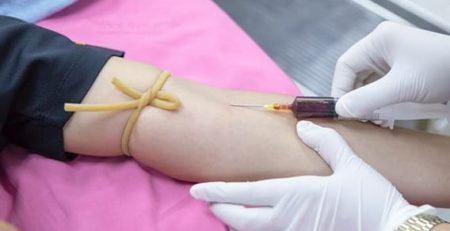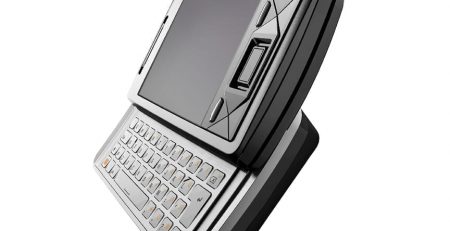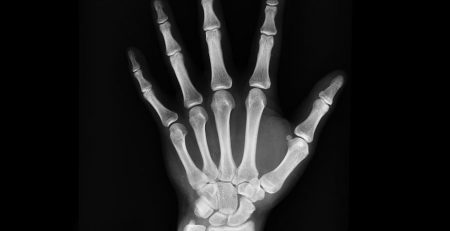Brain Implant Restores Hand Movement in Quadriplegic Patient
Researchers at Ohio State University Wexner Medical Center have successfully surgically implanted a novel device that has restored the movement in the hands of a quadriplegic. This is the first instance of a paralyzed person regaining the ability to move simply by thinking.
An article published in Nature describes the way the team recorded the neural signals being generated in a paralyzed person’s motor cortex, the region of the brain that controls movement, eventually deciphering which signals corresponded to which type of movement. They then amalgamated these signals into algorithms designed to “understand” these neural impulses and programmed them into a device called NeuroLife.
The NeuroLife device was then implanted in the brain of 24-year-old quadriplegic Ian Burkhart. In addition to this implanted device a computer and a sleeve full of electrodes placed on his forearm. According to coverage in The Verge, “when Burkhart thinks of a hand motion, the implant detects the signals in his brain and send them to a computer. Then the computer deciphers them and relays the information to the sleeve wrapped around his right arm. From there, the sleece uses electrial impulses to trigger muscle contractions that allow Burkhart to accomplish the hand movement he’s thinking of.”
Burkhart first demonstrated the use of the device by opening and closing his hand in 2014. “This was followed by months of training sessions designed to both reacquaint his brain with his arm and to allow him to strenghten the muscles he had long-since been unable to use. Today, he is now able to use his hand and, significantly, his fingers to perform far more complex, precision-based tasks, including holding a phone to his ear, swiping a credit card, and picking up cutlery,” according to IFLScience.com.
In addition to potentially helping additional paralysis sufferers, the team of researchers believe this treatment can also be used to help victims of stroke and those with brain damage.














